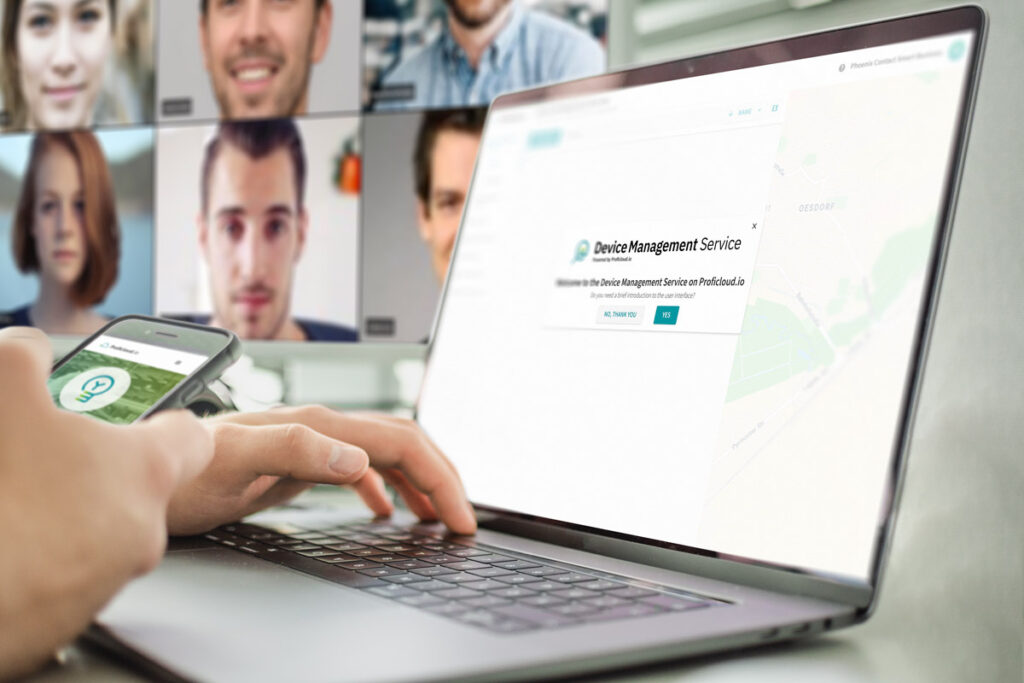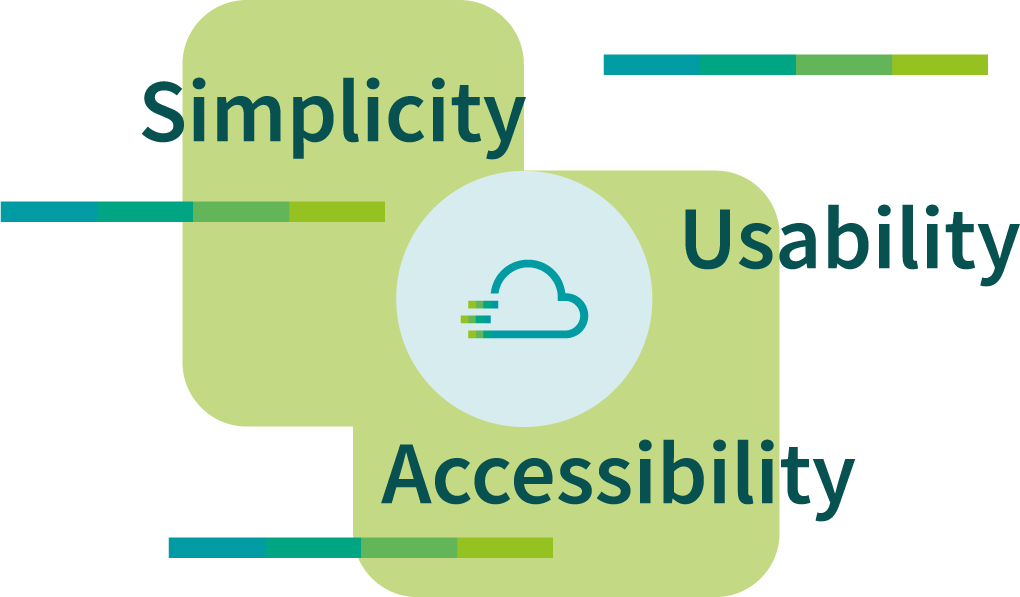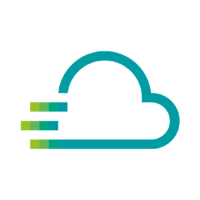
Although we are all much more involved with cloud in our daily lives (think smartphones, online storage or social media), in an industrial context it is often still a bit different. The systems we use are more complex, handle a larger amount of data, and the functions are often critical in nature.
Therefore, it is important to understand the systems we use – not to the last bit, but the functionalities should be quite clear. In many cases, it helps to have a personal conversation, a meeting where we explain to colleagues, partners or customers the system we expect them to use. And even more often, precisely this is not possible, because cloud systems are available in different time zones, which makes coordination of such meetings not insignificantly difficult. In addition, there is often simply not enough time to conduct these appointments on a 1-to-1 basis and to address the individual needs of the users.
Webinars, recordings and mass processing
So the simplest solution (but not the best) is that we simply create a webinar, record it and send it to those who are just learning the systems. Sure, this will clear up some initial questions, but proper learning of the cloud systems is still not possible, as only the obvious cases are considered. In addition, users have to watch videos and then perform the functions shown – so parallel work is not possible. In the worst case, the transfer from watching the video to performing the action means that important information is lost and the user navigates his way into a situation where he then needs personal support.
Phoenix Contact Industrial Internet of Things (IIoT) Plattform

The cloud solution from Phoenix Contact “Proficloud.io” has a very special claim to itself: Simplicity and security when using the platform. So the idea is to design the IIoT platform in such a way that it can be used without any great explanations – and yet questions arise when using it for the first time. “What does this button actually do?”, “How can I see my data?”.
Frequently asked questions are of course covered in the FAQs, but let’s be honest – who searches directly in the FAQs for answers if they can’t even guess which topic they have questions about? In addition, there are a number of e-learnings that users can view directly before their first use – step-by-step guides support the transfer of knowledge even before the smart services are used for the first time.
Sure – both of the listed options help to gain a basic understanding of Smart Services, but in no way replace the 1-to-1 meetings where the Smart Service is explained in full detail.
Interactive onboarding and user guidance
For some time now, we have been gradually introducing an onboarding option in the various Smart Services, which can be used to conduct 1-to-1 meetings in the approach – without having to wait for a meeting.
The goal is to explain smart services to users using a “learning by doing” approach. In the simplest example, this means that the user is guided through the process of “adding devices” with an interactive guide. This can be imagined as a colleague standing behind you and pointing with his finger to the exact area you have to click and saying “Click here next to add a device” to move forward in the processes.
Usability of the User Guidings
All user guides can be ended or called up again at any time – just like in a 1-to-1 meeting when a process has already been understood and no deeper explanation is needed – or when an explanation needs to be heard again.
In this way, users of the platform save time and energy, because they can call up the knowledge they need exactly when they need it.
In addition, the guides and existing FAQs can be searched and used in the Smart Service itself. The guides and FAQs can be accessed simply by clicking on the small badge on the right-hand side of the screen that says “Guides & FAQs”.

